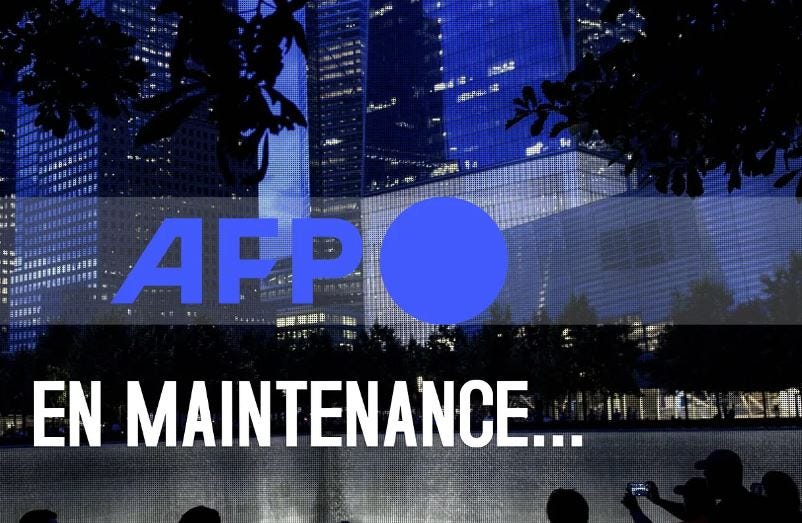Printing under influence
In France, government subsidies to the press amount to a third of the sector's revenue. A powerful tool for the censorship industrial complex, left unchecked.
In France, a key factor, implicitly acknowledged, contributes to what is termed the “censorship industrial omplex.” Many fail to grasp the scale of government subsidies provided to French news outlets.
It’s hard to obtain clear, even rough, figures on taxpayers’ unwilling and generous contributions to the press. As the Court of Auditors noted in 2018, the press support scheme is not only “overly complex” but also lacks effectiveness—evidenced by plunging sales and rising layoffs, such as those recently at Le Point, the country’s largest national weekly news magazine. Moreover, it remains strikingly opaque.
It’s worth noting that transparency requirements are fairly new, stemming from a 2013 Court of Auditors recommendation. Until 2017, the Ministry of Culture declined to disclose which outlets were granted direct government subsidies. Only in 2021, when La Lettre A, a well informed newsletter, accessed a 100,000-line budget document accidentally released, did some light begin to shine on the issue.
A shallow transparency. The ministry’s reported figures of 204.7 million euros in direct aid and 84 million euros in indirect aid for 2023. By cross-checking various sources, including government data (often buried outside the relevant budget appropriation) and press associations reports, the actual amounts reveal a far greater financial commitment.
The total isn’t around 300 million euros but ranges from 520 million to 1.2 billion, depending on which aids and tax exemptions are included. In 2018, the Court of Auditors pegged the upper estimate at 1.8 billion euros. And that does not include central and local governement advertising.



